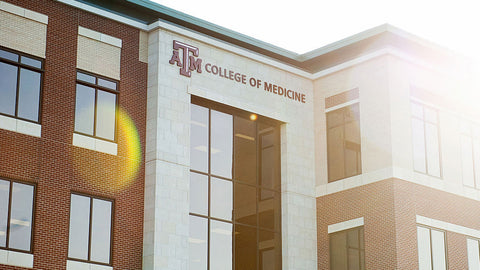By Josephine Reid
The cost of attending a medical program at UNC Chapel Hill in North Carolina (located in America), for example, includes the following expenses which may allow for an increase in cost of attendance:
- Childcare expenses
- Automobile repairs that are not considered routine maintenance
- Health care expenses not covered by medical insurance that are deemed to be extraordinary and unanticipated
- Residency interview/relocation funding (4th year medical students only)
The cost of attendance includes the total amount of aid, including scholarships, grants and loans, that students are eligible to receive for the entire year. The cost of attendance is calculated based on living expenses in the Winston-Salem area and information from student surveys. The amount provided each year allows a medical student to live comfortably alone, but not luxuriously. Ideas for cutting costs include: getting a roommate, budgeting money for food and other expenses, and living as frugally as possible.
It is not required that students accept the full cost of attendance each year. The amount you accept is flexible. The cost of attendance varies for each class. It is based on the number of months the student is enrolled and the anticipated expenses of the student throughout the year.
The average cost of medical school according to the AAMC, for the 2016-17 cost of attendance for one year at a public medical school (tuition, fees, and health insurance) is $34,592 for in-state students. Meanwhile, out-of-state tuition averages $58,668 and private medical schools cost more than $50,000 a year — not including books, food, and housing.
However, it’s possible to save by going to a less expensive school. The U.S. News & World Report released a list of lower-cost medical schools, many of them are located in Texas. For example, in-state tuition at Texas A&M Health Science Center is $16,432; half the average cost of in-state tuition.
If you have a lot of student loan debt, you might be able to manage the cost of medical school by refinancing your student loans. Refinancing your debt to a new loan with a lower interest rate can save you tens of thousands of dollars over the life of your loan. If you have medical school loans via multiple lenders, refinancing also has the added benefit of combining all your loans into one, meaning you’ll be responsible for just one monthly payment.
Different Perspectives
“I definitely feel that the educational debt is worth the costs financially and the time commitment,” said Edna Ma, M.D., an anesthesiologist. “I went to a public institution and graduated in 2004 with low interest rates, amortized over 30 years.”
But not everyone feels the same. Dawnmarie Risley, D.O., is in orthopedics, one of the most lucrative specialties. “If had to do it all over again, I wouldn’t do it,” she said.
Dr. Risley graduated with $147,000 in student loan debt in 1996. She moved from one residency to the next, delaying her training.
“I realized that I did not want to continue in a surgical specialty,” Dr. Risley explained. “By the time I graduated from residency in 2005, that original loan had escalated to $255,000.”
Since becoming an attending, Dr. Risley has paid $200,000 on her student loans. However, she still owes $180,000.
In the end, it’s up to you to determine whether or not medical school is worth it. Think about how much time and money you’ll put into it, and consider the end result.
For the best return on your investment, plan ahead. Choose a specialty that pays well. If you’re passion lies in a less lucrative specialty, choose a less expensive school. Also, research different markets. Where you live can impact how quickly you’re able to repay your loans.
Not every med school graduate has a great ROI. But with a little planning, medical school can be a great investment. — StudentLoanHero.com

